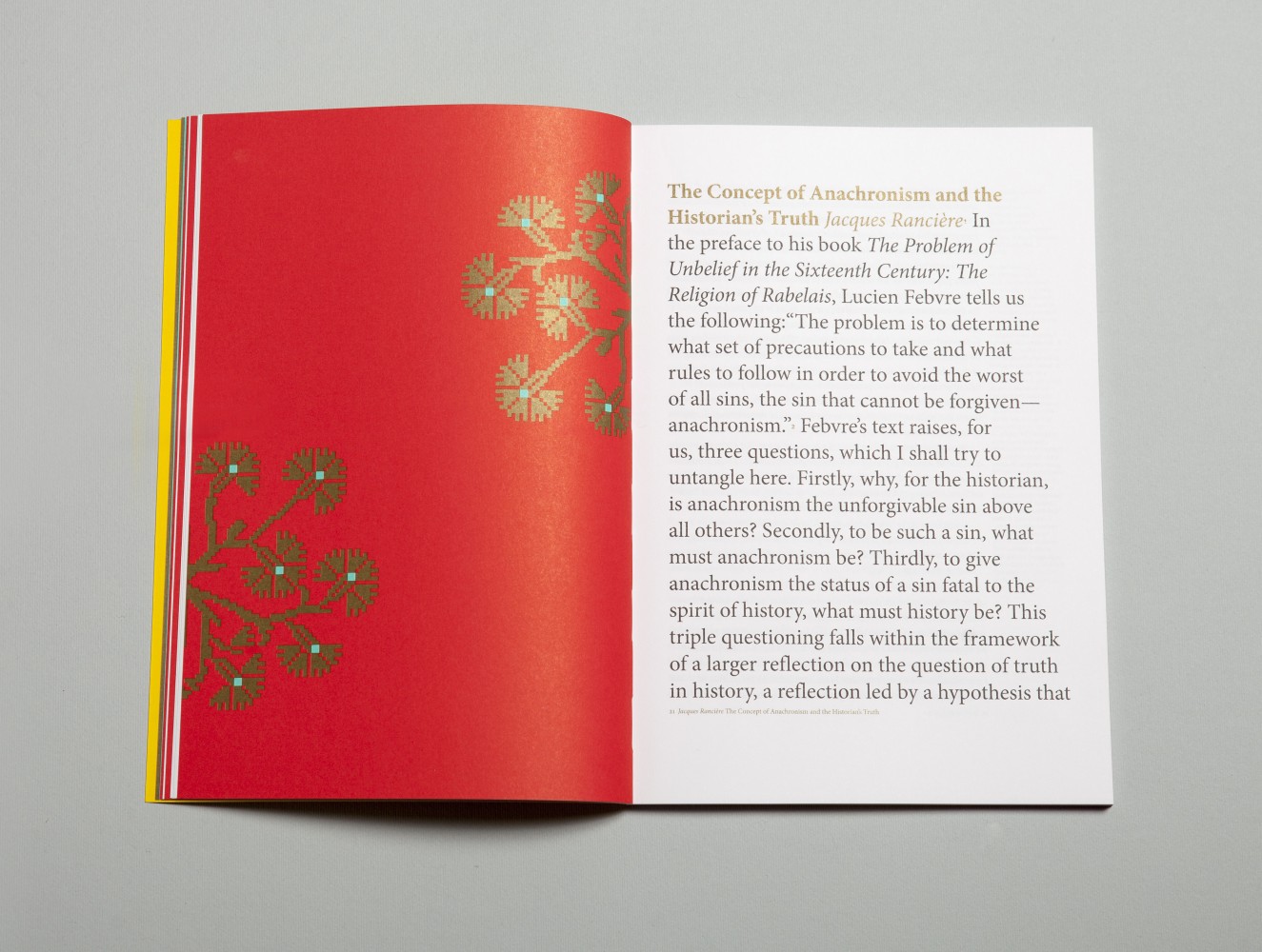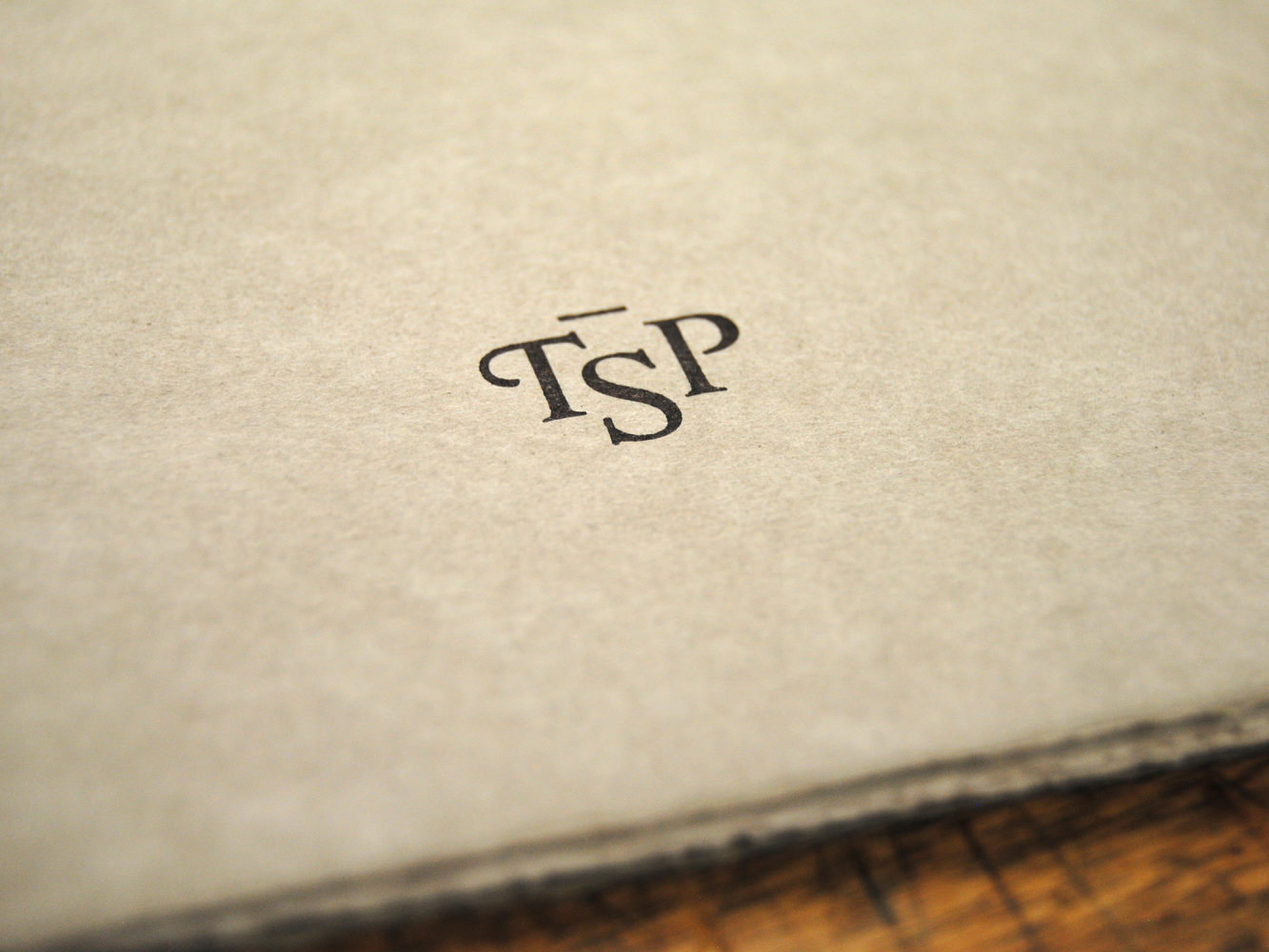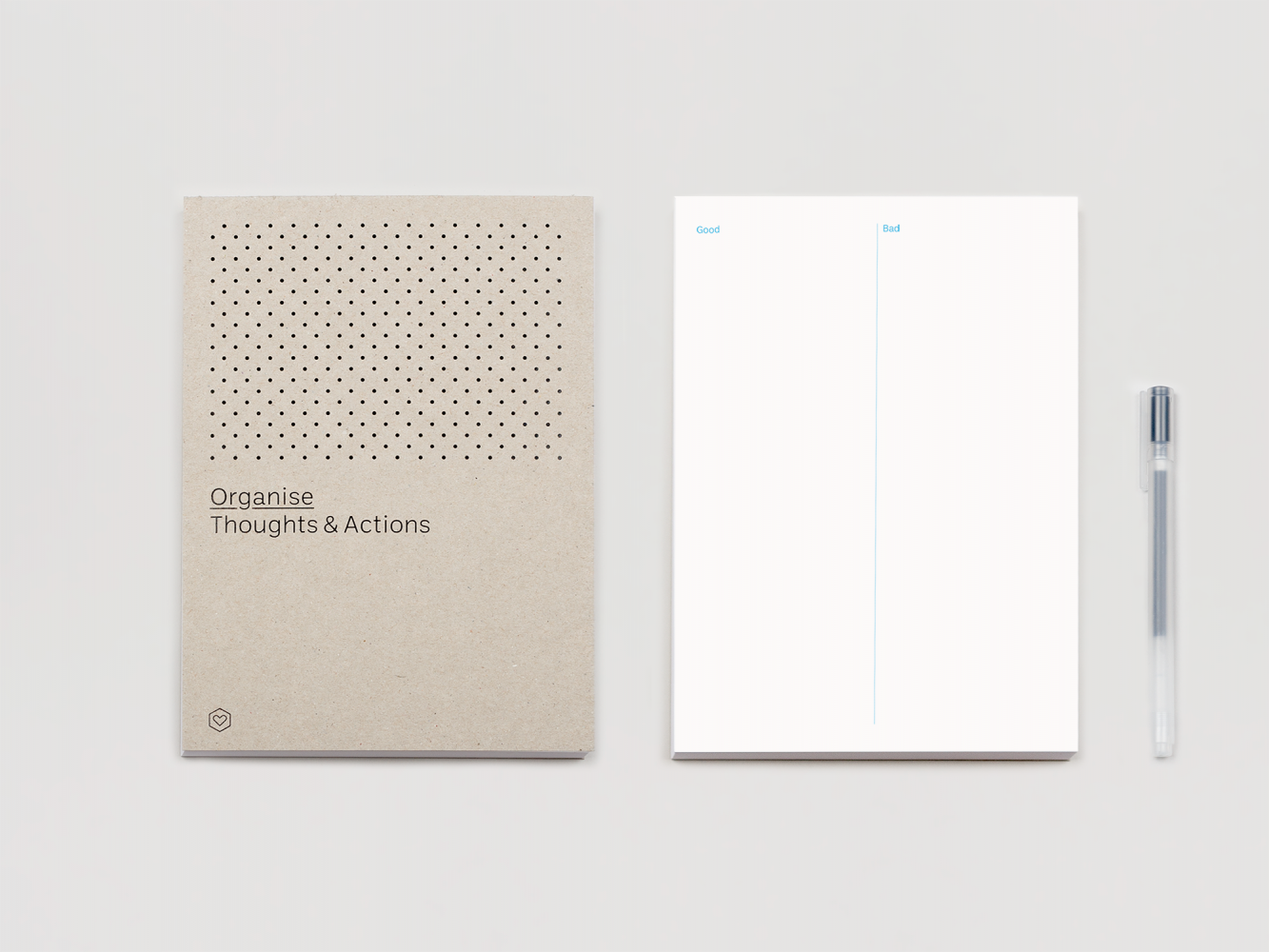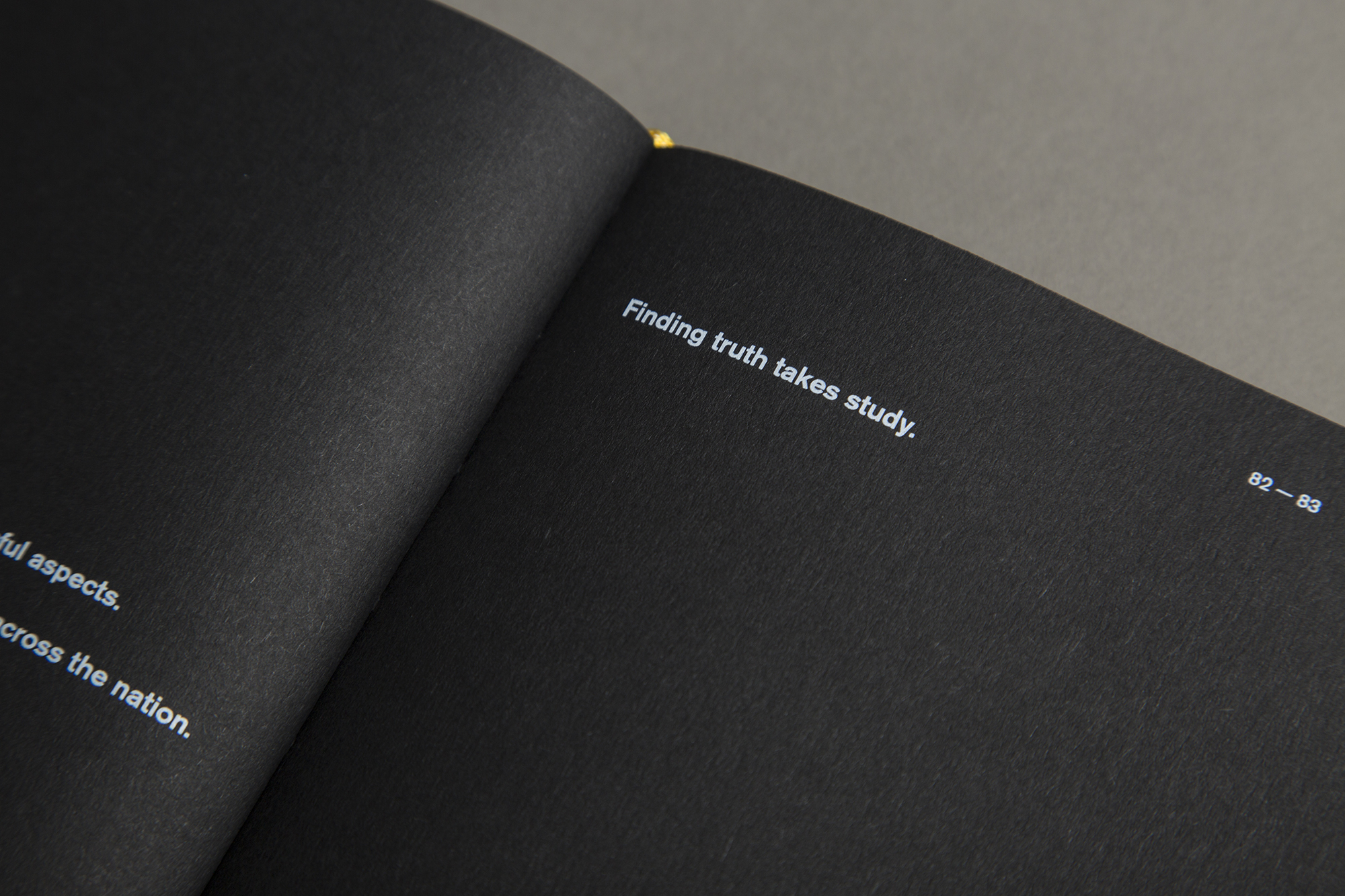ICADemy is a new professional development initiative from ICAD. The events will combine theory and practice with a focus on getting participants to really engage in the creative process. While they could be called training - they're designed to benefit participants professional lives - they're more than that, with the ambition to "provide the tools to reach creative excellence". Type is the first in a series of design events under the banner, happening in the James Joyce Centre on 9 November and setting out to explore through visual analogy, presentation and discussion the fundamental elements essential to the practice of graphic design. We caught up with organiser Rossi McAuley to get a bit more insight.

Can you give us an outline of the workshop?
I am not entirely sure if workshop is the right word. The evening has been structured around two modes of thought. First we will have three speakers discussing the discipline of Type from a variety of angles. The areas the speakers will cover are intended to address first and foremost the basic questions relevant to any discipline: What? Why? and How? Each speaker will give a presentation representing three unique aspects of the subject, these being Academics, Expertise and Philosophy, featuring approaches ranging from practical to more ethereal. At the end of the presentations there will be a panel discussion, where the speakers will be given the opportunity to address the various phenomena explored by their peers.
The second mode of thought will involve the presentation of four visual analogies, covering Skillset, Practice, Rhythm and Composition. The intention of these analogies is to allow the audience to consider the subject from alternative points of view, and to consider its fundamental importance within the practice of graphic design. An abstract analogy will preface each of the speakers, with a final analogy to end the evening.
Finally the event itself, which is being held in the James Joyce Centre, has been organised to allow for audience participation. Alongside the series of presentations and analogies there will be live musical performances, a display of examples of exemplary Type design from Irish designers, and conversation and movement – all, hopefully, presented in an enjoyable atmosphere.

You’re taking quite a different approach to what is often treated as a very technical subject. Why?
To be honest I struggled for some time with how to approach the subject and how to organise an event that had value and imparted knowledge. First off let me say that yes, absolutely, this is an incredibly technical subject; there is no doubt about that. Type design is a very specific field of expertise. I am a graphic designer myself, but I’m aware that just because Type design is a vital part of a graphic designer’s work does not qualify them as an expert in that field, and this is a point that I feel needs to be emphasised.
The question of why I approached the subject differently is slightly complicated, and there is a range of circumstances that had to be taken into consideration when developing the event. It is worth bearing in mind that this event, while open to all, is an ICAD event, and therefore needs to cater for the institute’s membership in its entirety. The event has to be of value to all who attend, from students to commissioners, design practitioners to writers and beyond.
Another element is that all too often we see events that become portfolio displays or academic lectures. This inevitably leads to a highly technical examination of the subject, referencing the work of incredibly accomplished designers, and while these can be valuable exercises they can also alienate certain audiences and take attention away from the core aspects about which I believe we need to have a solid understanding before delving into the minutiae of the discipline. And of course you can only cover so much in a single event. So rather than try to look at every facet of Type design we chose to focus on and develop conversation around core aspects.
The use of metaphor is a natural fit within the field of visual communications. The analogies will distil the complexity of the language around the subject into core ideas, helping to define the discipline and outlining its place within graphic design as an art, making the subject more accessible to those who are less familiar with it.
Fundamentally I believe that the process of producing graphic design develops the concepts we will explore, and that these are highly influenced by the world around us. I know that the things I choose to pursue in my life that are not directly related graphic design can ultimately have the most impact on how I pursue its practice. Personally I don’t believe there is a right way or a wrong way to approach a subject like this. Ultimately it is all subjective, and this is simply the way I have chosen to examine it using the knowledge that I have.

What do you hope people will get from the evening?
As I looked into this area further I was overwhelmed by the depth and scope of Type design, and indeed my own lack of knowledge on such an important subject within my field. In my research for the event I spent some time looking at how graphic design was defined by others. I read an interesting article on graphic design written by the AIGA in which a particular line seemed to get to its core: ‘for over a hundred years graphic designers have arranged type, form and image’. So while focusing on Type as an aspect of graphic design a space opened up around my thinking about what graphic design is, and that has led me to ask bigger questions around both the art of graphic design and its current state. It is my hope that anyone attending will gain further knowledge and perspective on a subject that is fundamental to the field, and that by exploring Type in detail we will expand that space for further questioning.
.jpg)
ICADemy Type speakers will include Mary Anne Bolger, Clare Bell, Max Philips, Scott Burnett and Séan Mongey with contributions from Dr Jonathan C. Creasy, Eric Donovan, Stephen Kerr, Nenad Djordjevic and This is How we Fly.
Tickets for the event can be purchased here.
